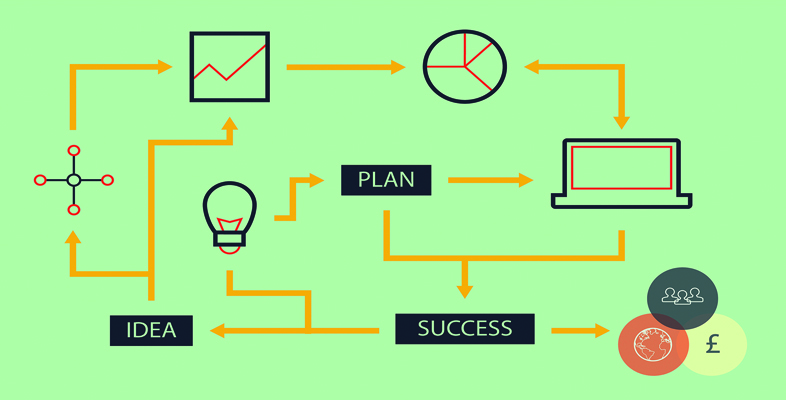1.1 Are they customers at all?
Who are my customers? It seems like quite a simple question with an obvious answer. However, a number of related questions arise from this. The first one probably ought to be, are they customers at all? Here are some examples to illustrate:
- Customers are those that purchase a good or service. If you go to a vegetable supplier and buy a box of avocadoes for your ‘pop up’ café, you are being a customer, but not a consumer.
- Consumers are those who use a product or service. If you work in a large organisation it is likely you will use stationery or other equipment bought centrally, in which case you are a consumer but not the buying customer. If you get to choose it for yourself, you may be a customer and consumer.
- The term ‘client’ is often used in a professional services context, like accountancy, but is increasingly applied to a range of services in the public and third sector. In part this is because it suggests a mutual expectation and is intended to recognise the stake each has in the relationship.
(Adapted from The Open University, 2018)
Activity 1 Customer, consumer or client
- How do you think of your customers? Are they buyers or users? Would it be accurate to think of them as customers, consumers or clients? Or is there another way that you think of them?
In Video 1 all of our entrepreneurs refer to customers. Watch the video now paying particular attention to how they describe their customers.

Transcript: Video 1 Who are your customers?
- Having listened to Claudio, Alex, Emma and Nick, make some notes for yourself about how you might describe the target audience for your marketing communications, products and services.
Discussion
Clearly, the entrepreneurs describe their customers in many different ways – from businesses or organisations, roles within an organisation (e.g. teachers) or even Coco Chanel. Emma talked about parents – those with children who are the ultimate beneficiaries of her service. Over time they have all got to know in increasing detail who their customers are and in both Alex’s and Nick’s case, this has resulted in a view of the ‘ideal customer’ for their business.
Thinking about your own enterprise or ideal – would it be an individual or someone that represents the end consumer? Why might it be important to make these decisions? One answer lies in understanding the distinction between who pays, and who uses or benefits from the product or service. Your relationship to both of these parties and how you communicate with them could be substantially different.
